#scincidae
Text

McCoy's Elf Skink aka Highlands Forest Skink (Anepischetosia maccoyi), family Scincidae, Australia
photograph by @skinkmania__
10K notes
·
View notes
Text
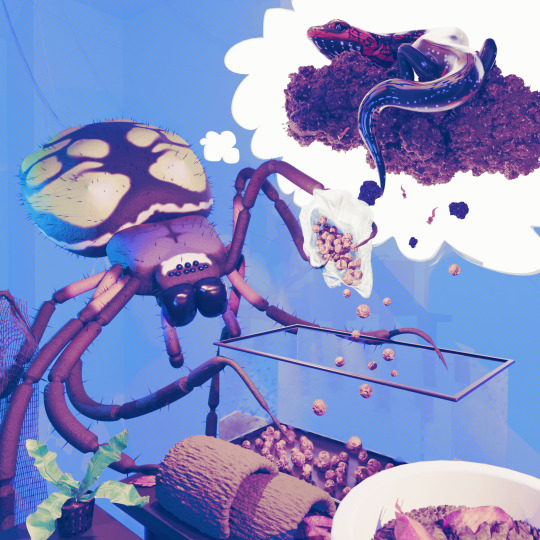
they're making an enclosure for their future fire skink
#artists on tumblr#3d modeling#b3d#blender 3d#yellow garden spider#Argiope aurantia#fire skink#scincidae#Mochlus fernandi#Riopa fernandi#skinkblr#spiderblr#bugblr#garden spider#cute#vivarium#bioactive#enclosure#herpetology#entomology#arachnophobia#spiders#bird's nest fern#ferns#botany#husbandry#reptiblr
102 notes
·
View notes
Text
Uncharismatic Fact of the Day
One of the most common distinguishing features between snakes and lizards is that snakes don't have eyelids, while lizards do. However, like everything in biology, there are exceptions. For example, the snake-eyed skinks are named precisely for their lack of eyelids-- though they could hardly be confused for a snake!


(Images: A ragged snake-eyed skink (Cryptoblepharus pannosus) by me!)
If you send me proof that you’ve made a donation to UNRWA or another fund benefiting Palestinians– including esim donations and verified gofundmes– I’ll make art of any animal of your choosing.
59 notes
·
View notes
Photo
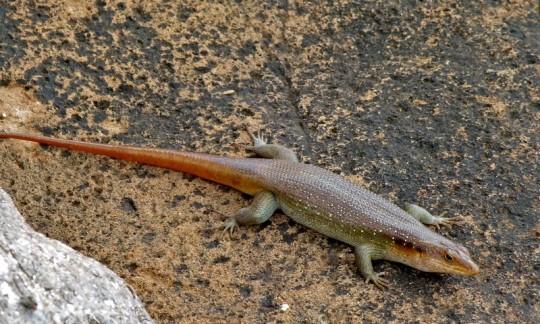
A male rainbow skink (Trachylepis margaritifera) in South Africa, Africa
by Bernard Dupont
#rainbow skink#skinks#lizards#reptiles#Trachylepis margaritifera#trachylepis#scincidae#squamata#reptilia#chordata#wildlife: south africa#wildlife: africa
150 notes
·
View notes
Text

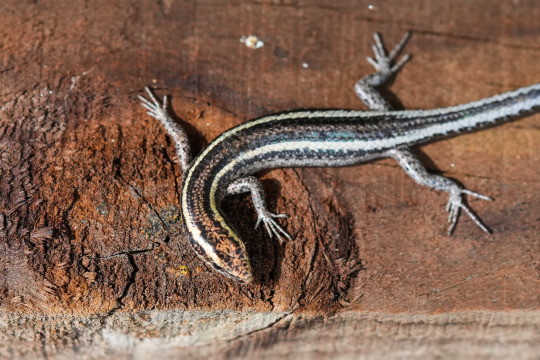


one of our garden skinks sunbathing :)
Elegant Snake-Eyed Skink (Cryptoblepharus pulcher).
#ljsbugblog#not a bug#sauria#lizards#reptilia#reptiles#scincidae#skinks#cryptoblepharus#snake-eyed skinks#cryptoblepharus pulcher#elegant snake-eyed skink#macro
45 notes
·
View notes
Photo
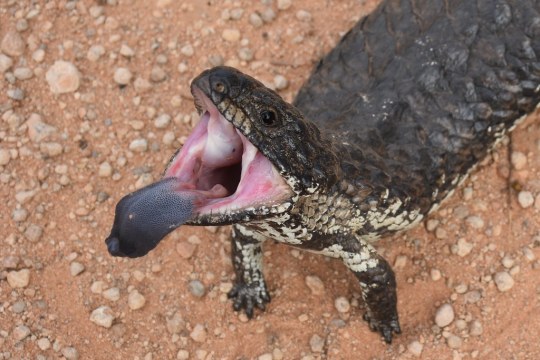
Shingleback skink (Tiliqua rugosa) defensive posture in Australia
Matthew Anderson
594 notes
·
View notes
Text
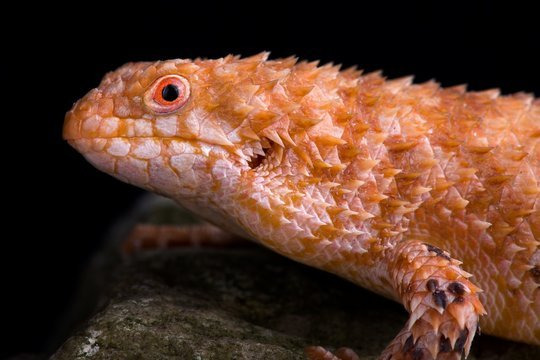
🦎 Eastern Pilbara Spiny-tailed Skink - Egernia epsisolus
📷 Matthijs Kuijpers
#daily lizard#lizards#reptiles#herpetofauna#herpetology#skink#eastern pilbara spiny-tailed skink#spiny-tailed skink#egernia epsisolus#egernia#scincidae
106 notes
·
View notes
Photo
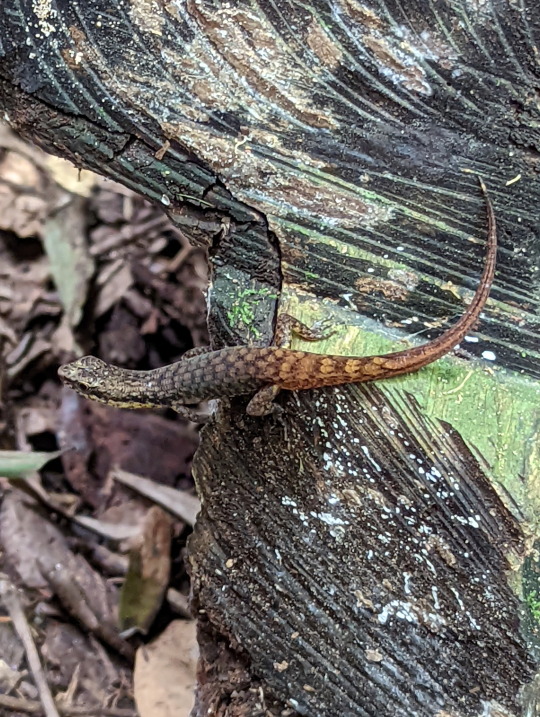

Small skink, currently unidentified.
Scincidae
18/05/22
#Scincidae#skink#skinks#lizards#reptiles#reptilia#Sauria#Squamata#Vertebrata#Chordata#Vertebrates#large animals#nature#nature photography
34 notes
·
View notes
Text
#1869 - Ctenotus australis - Western Limestone Ctenotus

Originally described by Gray, J. E. as Tiliqua australis in Catalogue of the slender-tongued saurians, with descriptions of many new genera and species. in Part 1. Ann. Mag. Nat. Hist. (1) 1: 274-283. (1838). Various revisions have also named it Lygosoma (Hinulia, Sphenomorphus, and Omolepida) lesueri, Lygosoma australe, and Minervascincus australis.
The comb-eared skinks are the largest genus of lizards in Australia with nearly 100 species, found throughout much of Australia, but are most diverse in the deserts and tropical woodlands of Australia's north, forming 10%-25% of the total lizard fauna. In parts of the Great Sandy Desert, Ctenotus represent 11 out of the forty known lizard species. Despite the scientific name (and some frankly dubious records on the Atlas of Living Australia) this species is limited to the coastal plain of SW Australia, where-ever there are limestone outcrops. This one was at Point Peron, south of Perth.
There is very little variation in the overall body plan or shape across the range of species - all are typical skinks with smooth scales, long limbs with five digits and long tails up to two and half times the length of the body.
However, they vary in foraging and sheltering behaviour, and the frequency and times of activity, and their bodylength ranges from 4 to 12 centimeters. Some species are active in the middle of the day, and others only active in the mornings and late afternoon. Some forage in open spaces between plants while others forage within dense clumps of hummock grass. This partitioning of space and time probably contributes to the coexistence of many species in the same area.
7 notes
·
View notes
Text

6/24/22
0 notes
Text
Desi Indian girl showing in bathroom
Novinha no carro , mais uma no Tinder que chamei pra chupar um sorvete e ela foi logo mamando minha rola
Hoy Boy Phillipines Fuck His Girlfriend
MMD Some Good Yuri Lesbian and Futanari Scenes Compilation iwara
Bigass Amilia riding on a big dick
Sexy Gay Dudes Enjoy Foot Licking and Anal Sex
west siloam springs ok cherokee casino
Harry styles wank gay porn look alike xxx Two utterly draped studs in
TRIO AMATER CON CHICA LATINA DE GRANDES TETAS
Homo plows twinkies ass with his big uncut dick and cums
#dimethylmethane#tectrix#glebous#subtotaled#biurate#ZMRI#gisarmes#foun#grovellings#mongrelisation#pret.#overrepresentative#lums#chargeless#Scincidae#unexceptionableness#bandlimit#ever-mingling#acouasm#angustifolious
0 notes
Text
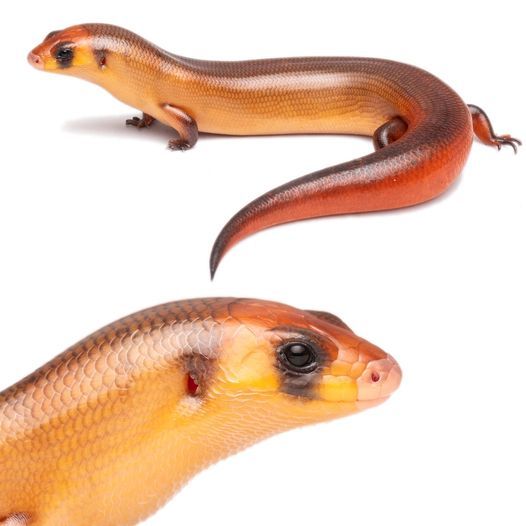
Peninsula Supple Skink (Lygosoma penisulare), family Scincidae, Thailand
photograph by @rupertsreptiles
6K notes
·
View notes
Text
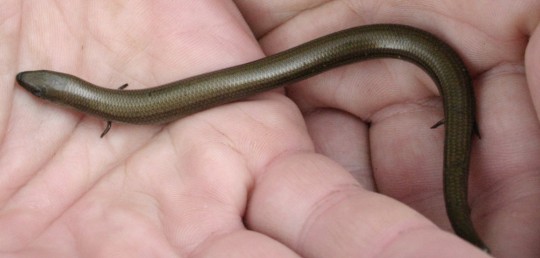
Italian Three-Toed Skink (Chalcides chalcides)
Family: Skink Family (Scincidae)
IUCN Conservation Status: Least Concern
Like several other species of lizard, the Italian Three-Toed Skink has adapted to move through areas covered with dense vegetation by developing an elongated, flexible, snake-like body with highly regressed limbs, although unlike many other "snake-like lizards" members of this species still possess four tiny limbs, each ending in a stumpy three-toed foot. Said limbs are far too small to support the skink's weight and serve no role in movement (which is achieved through an elegant snake-like slithering motion,) which has led many to question what purpose, if any, they serve; it is generally assumed that the limbs are vestigial and that, given sufficient time, the descendants of modern Italian Three-Toed Skinks will lose them entirely, although some herpetologists and evolutionary biologists have suggested that the continued existence of this species' limbs suggests that they must serve some function, such as being moved as part of a courtship display or allowing mating individuals to hold onto one another (although as these behaviours have never been observed these suggestions are entirely speculative.) Found in damp, well-vegetated areas across most of mainland Italy as well as Tunisia, Algeria, Libya and the nearby island of Sardinia, members of this species are diurnal, feed mainly on insects and breed during the spring; like most skinks, females of this species give birth to live young, with newborns, which resemble miniature adults, being independent immediately after birth.
--------------------------------------------------------------------------
Image Source: https://www.inaturalist.org/taxa/53646-Chalcides-chalcides
#Italian Three-Toed Skink#skink#skinks#animal#animals#zoology#biology#herpetology#herpetofauna#wildlife#european wildlife#african wildlife#reptile#reptiles#lizard#lizards#squamata#squamates
883 notes
·
View notes
Text
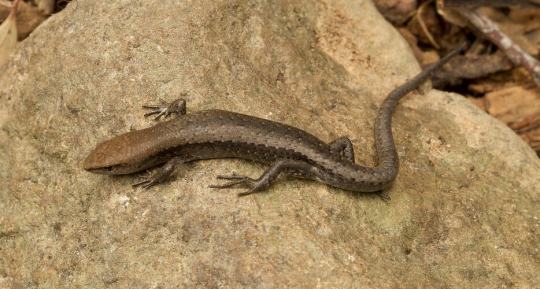
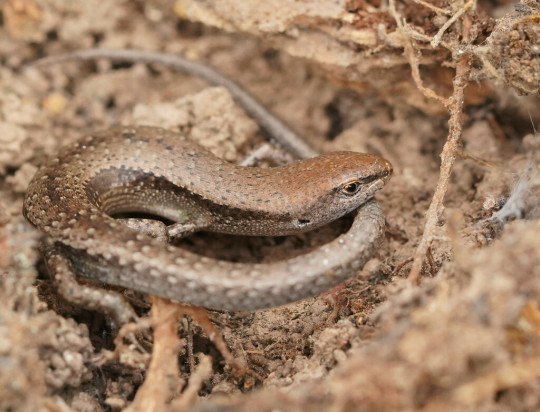
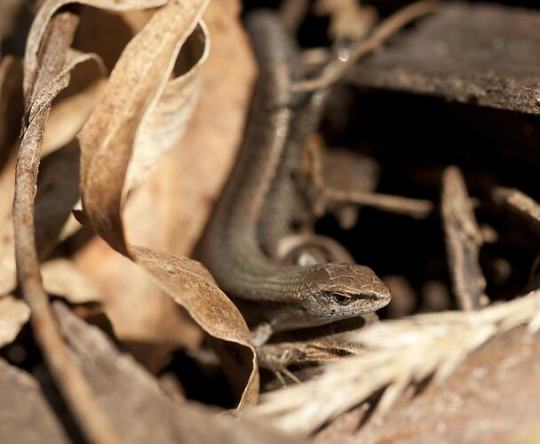
Lampropholis guichenoti, more popularly known as the grass skink, Guichenot's grass skink, the pale-flecked garden sunskink, or the penny lizard, is a small species of skink found throughout western and southern Australia. Its primary habitat is grasslands and scrublands with plenty of vegetative cover, though they are also a common sight in suburban backyards.
Though a nondescript brown, the penny lizard can be identified by a black stripe running the length of its body. Females can be distinguished by the light orange or reddish tint to their underbellies, while males are light grey. However, identifying the grass skink may prove difficult, as their small size makes them extremely good at hiding; on average an individual is only 8–10 cm (3.1–3.9 in) and weighs less than 2g (0.07 oz).
Male L. guichenoti are extremely terrirotial, and will fiercely defend their territory from other males- particularly in the spring. Breeding begins in September or October and continues throughout the summer. After mating, the female will lay about 2-6 eggs in a communal clutch alongside other females; in total these clutches can contain up to 250 eggs. These eggs hatch approximately 30 days to hatch, and young are fully independent upon emerging. On average, the grass skink can live for 2-3 years in the wild.
Because of their small size and lack of defensive systems, Guichenot's grass skink is an easy prey target for many species. Birds and feral cats are the primary predators, but the grass skink can also become a meal for larger lizards and snakes. The main way L. guichenoti avoids being lunch is by dropping its tail-- a common skink tactic. The tail continues to wriggle after being dropped, distracting the predator while the skink makes its escape and later regrows its tail. The penny lizard itself feeds mainly on small insects like crickets, isopods, earthworms, flies, and ants, as well as the occasional fruit or vegetable.
Conservation status: Lampropholis guichenoti has not been evaluated by the IUCN, but its population is generally considered to be large and stable.
If you like what I do, consider leaving a tip or buying me a kofi!
Photos
David Paul
Colin Silvey
Reiner Richter via iNaturalist
#grass skink#penny lizard#Squamata#Scincidae#sunskinks#skinks#lizards#squamates#reptiles#grasslands#grassland reptiles#scrubland#scrubland reptiles#urban fauna#urban reptiles#oceania#australia#south australia#west australia#animal facts#biology#zoology#ecology
65 notes
·
View notes
Text
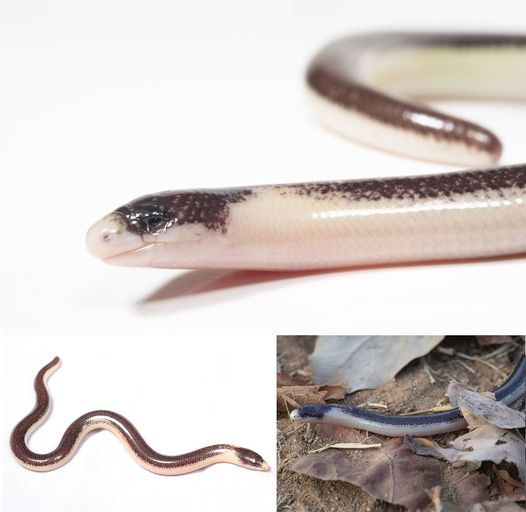
A new species of African legless skink, genus Acontias Cuvier, 1816 “1817” (Squamata: Scincidae) from Serra da Neve inselberg, south-western Angola
Mariana P. Marquesa, Diogo Parrinha, Arthur Tiutenko, et al.
ABSTRACT
During a recent survey of the Serra da Neve inselberg in south-western Angola, a population of legless skinks of the genus Acontias was found.
Only three species of this genus have been recorded for the country so far – A. occidentalis, A. kgalagadi and A. jappi.
Using an integrative approach and combining molecular and morphological data we found that the Serra da Neve population represents a new species, closely related to species such as A. percivali and some members of the A. occidentalis species complex.
In this paper, we describe this population as a new species, Acontias mukwando sp. nov. and provide brief comments on its conservation and biogeography.
Read the paper here:
Full article: A new species of African legless skink, genus Acontias Cuvier, 1816 “1817” (Squamata: Scincidae) from Serra da Neve inselberg, south-western Angola (tandfonline.com)
274 notes
·
View notes
Text
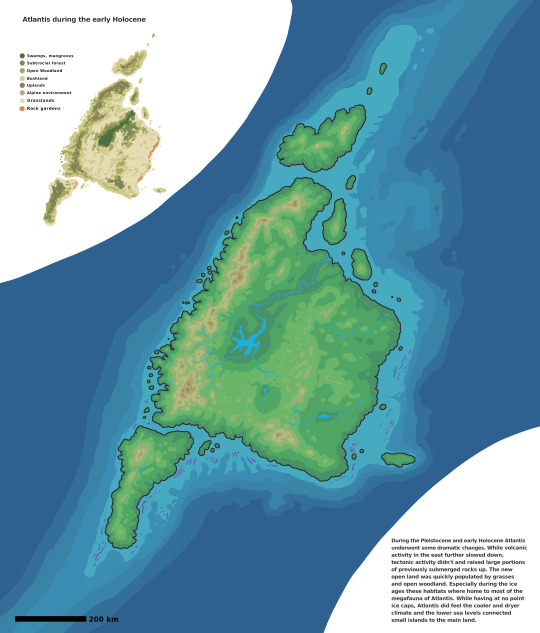
I forgot to post here on April the first!
Little introduction maybe: In this project we explore the flora and fauna of Atlantis through time, in three phases. Paleocene and Miocene are already done. People can send in submissions based on the parameters I established
For information on phase II check out our google folder https://drive.google.com/drive/folders/1oRJKZr0yDHwnzQQRcHj30r-8JTr4de5U?usp=sharing
This month we start into Atlantis phase 3 in which we will explore the organisms on this island during the Younger Dryas, the transition from the Pleistocene to the Holocene at the end of the last Ice Age
To bring you up to speed what happened since we saw Atlantis the last time:
-The Atlantic has spread further but not much, volcanism in the east slowed further but the whole landmass was lifted up and the sea level is lower increasing the landmass with wide open steppes towards the east.
-The cooler and drier climate lead to the extinction of quite a few animals but the ecosystem is established enough that it's not as impactful. Subsequently few newcomers establish themselves on the island.
-We have snow on the peaks of some mountains and volcanoes but no real ice caps.
-The forests have shrunk further and are now especially concentrated around the central large wetland and on the west flanks of the western ridge, where fog-forest like conditions can occur.
-the lifted up carbonate platform in the east eroded in some areas in a way that the coastal rock gardens have appeared as a new habitat.
-Up in the mountains the slopes are often covered in forests of Megacannabis, not too different from bamboo forests in Asia.
-Underwater we say goodbye to the rudists, corals and sponges are the main reef builders but they are pushed further to the south, occurring now mainly around the southern
In this new scenario you will need to work with what is left.
Evolve the remaining taxa into new forms to fill the new and changed environments OR
choose one of the new arriving clades that came here thanks to rafting events.
The Newcomers:
Gruinae
Ciconiiformes
Scolopacidae
Accipitridae
Procellariiformes
Carduelinae
Anolidae
Scincidae
Crocidura
Dracaena
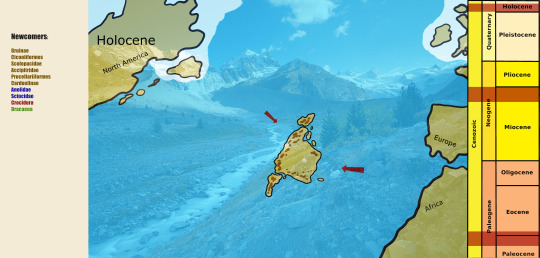
Posting Guide
Please use only clades from the newcomer list or survivors of the mass extinction as a base for the new biota. Check our Atlantis Phase 2 document for what you can work with!
Entries should be submitted here on Discord or under the hashtag #AtlantisBestiary3
Other than Discord you can submit on: DeviantArt, Twitter and Facebook and Instagram.
Entries have to include an image of the species you want to submit, purely written
entries are not possible!
Besides the image it is best to include a description of the species you show. It’s best
to keep it short and to have it on the image or as a separate image as well as in your post. That way we can easily find your work while going through the entries in our folder or the channel.
Descriptions best should look like this
-Species name
-Creator
-Clade
-Habitat
-Size (please use the metric system like civilized people)
-Ecology
-Additional information if needed/wanted
Basically any visual medium is possible, drawing, painting, digital, clay, animation etc. whatever you feel comfortable with!
When working with traditional media make sure you get a scan or a good photo of the piece if possible, I want to be able to see what you worked on!
Up to 60 entries are possible, multiple species per entry are allowed but don’t overdo it!
DEADLINE IS 30. of APRIL!
#paleoart#sciart#atlantis#atlantisbestiary3#specevo#animals#truncothere#palaeoblr#speculative evolution
82 notes
·
View notes